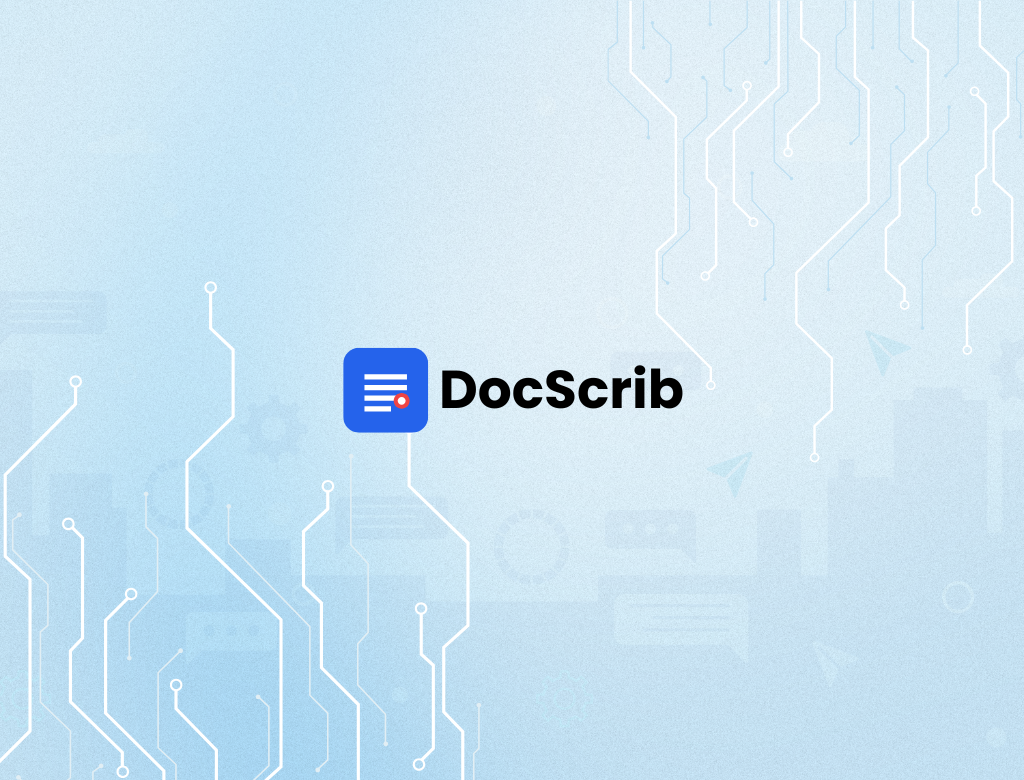Looking for the best Sunoh Ai alternatives? Whether you’re a busy clinician, medical administrator, or practice manager, choosing the right AI medical scribe can be the difference between burnout and balance.
Why Look for Sunoh Ai Alternatives?
Sunoh.ai has carved a name for itself in the AI medical scribe space, promising real-time clinical documentation and EHR integration. However, as practices evolve and clinician expectations grow, many healthcare professionals are exploring better-performing, more intuitive, and specialty-specific alternatives.
Here’s what clinicians often cite as reasons to seek Sunoh Ai competitors:
-
🕒 Lag or inaccuracies in real-time transcription
-
🧩 Limited EHR compatibility across systems
-
💰 High cost for solo or small practices
-
🔒 Concerns around privacy and HIPAA compliance
-
🔧 Limited customization for unique workflows
If any of these pain points resonate with your team, it may be time to explore more robust, clinician-friendly AI scribe solutions.
What to Look For in an AI Medical Scribe
Before diving into the list of top Sunoh Ai competitors, here’s what your next AI scribe tool should deliver:
| Must-Have Feature | Why It Matters |
|---|---|
| Real-time voice-to-text | For immediate capture of clinical notes |
| EHR integration | To reduce documentation duplication |
| Specialty adaptability | Custom prompts for psychiatry, cardiology, etc. |
| Security compliance | HIPAA, SOC-2 certifications |
| Ease of use | Minimal training time, intuitive UI |
| Scalability & support | Responsive teams and customization for growth |
1. DocScrib – Best Overall Sunoh Ai Alternative for Clinicians
🌟 Best for: Clinicians seeking happier, faster, and safer documentation across specialties.
DocScrib is a modern AI medical scribe designed to eliminate charting fatigue and restore face-to-face patient care. With blazing-fast documentation, smart EHR compatibility, and deep specialty customization, DocScrib is built for clinicians, not coders.
✅ Key Features:
-
Real-time ambient scribing from patient interactions
-
Custom AI prompt library for Psychiatry, Orthopedics, Pediatrics & more
-
Seamless sync with major EHR systems
-
HIPAA & SOC-2 compliant with enterprise-grade security
-
Trained on clinical language models, not generic voice tech
📣 Why Choose DocScrib:
Unlike legacy tools, DocScrib adapts to your voice, your style, your pace. You get clinical notes ready in seconds—with minimal edits.
👉 Book a Demo Now and experience documentation that works as hard as you do.
2. DeepScribe
📌 Runner-up with solid NLP tech but limited EHR support for smaller clinics.
DeepScribe is a popular name among AI scribes, especially for internal medicine and family practitioners. While its AI transcription engine is impressive, some users report lag during busy hours and limited control over note formatting.
Pros:
-
Hands-free documentation
-
Good EHR support (mostly Epic, Athena)
-
Free trial available
Cons:
-
Inconsistent note quality for specialists
-
Higher pricing tiers for full access
-
Limited support for multi-specialty clinics
3. Nabla
📌 Lightweight AI scribe tool focused on simplicity and privacy.
Nabla is known for its clean interface and quick onboarding. Ideal for smaller practices or solo providers, it performs decently with general consultation notes.
Pros:
-
Free basic version available
-
Strong privacy features
-
Great UX for non-tech users
Cons:
-
No deep integration with major EHRs
-
Limited customization
-
Not suited for high-volume clinics
Heidi Health
📌 An AI scribe built for Australian clinicians—but gaining global traction.
Heidi’s medical scribe tool uses real-time transcription and integrates clinical intelligence tools like risk scoring. It shines with decision-support features, but its availability outside Australia is limited.
Pros:
-
Smart suggestions during patient consults
-
Some integration with Australian EHRs
-
Clinical reasoning overlay
Cons:
-
Limited availability in the U.S.
-
Steeper learning curve
-
Not ideal for solo practices
Chartnote
📌 Template-based medical documentation with voice support.
Chartnote merges traditional templating with modern AI voice capture. It’s a good middle-ground option for clinicians who prefer structured note-taking with some automation.
Pros:
-
Rich note templates for various specialties
-
Mobile-friendly interface
-
Affordable pricing
Cons:
-
Not fully autonomous—manual inputs still required
-
Voice AI lacks ambient intelligence features
-
Best suited for early tech adopters
6. Freed
📌 Geared towards multi-provider practices needing robust admin tools.
Freed combines AI documentation with a backend task management system. While powerful, it’s more suitable for practice managers and large clinics than solo doctors.
Pros:
-
Admin-level controls and workflows
-
HIPAA-compliant cloud
-
Strong EHR sync for enterprise users
Cons:
-
Not intuitive for single clinicians
-
Requires some onboarding time
-
Higher pricing for full features
The Verdict: Why DocScrib Leads the Pack
When comparing Sunoh Ai alternatives, DocScrib stands out not just for its AI transcription capabilities—but for understanding what clinicians really need: less admin work, more patient time, and stress-free compliance.
| Criteria | DocScrib | Sunoh Ai | DeepScribe |
|---|---|---|---|
| Real-time scribing | ✅ Yes | ✅ Yes | ✅ Yes |
| Specialty customization | ✅ Extensive | ❌ Limited | ⚠️ Moderate |
| EHR Integration | ✅ Broad support | ⚠️ Selective | ✅ Epic, Athena |
| UI/UX | ✅ Easy-to-use | ⚠️ Complex setup | ✅ Clean |
| Price flexibility | ✅ Scalable plans | ❌ Premium only | ⚠️ Mid-tier |
| Support & onboarding | ✅ 24/7 support | ⚠️ Limited docs | ⚠️ Chat-based |
Final Thoughts
Choosing the right AI medical scribe shouldn’t be about brand recognition—it should be about reducing burnout, improving note accuracy, and getting clinicians back to what they do best: caring for patients.
If you’re exploring alternatives to Sunoh Ai, DocScrib is more than a replacement—it’s an upgrade.
💡 Ready to Transform Your Clinical Documentation?
👉 Book a Free Demo with DocScrib Today
🩺 Visit Our Website to learn more about AI scribing for happier clinicians.
